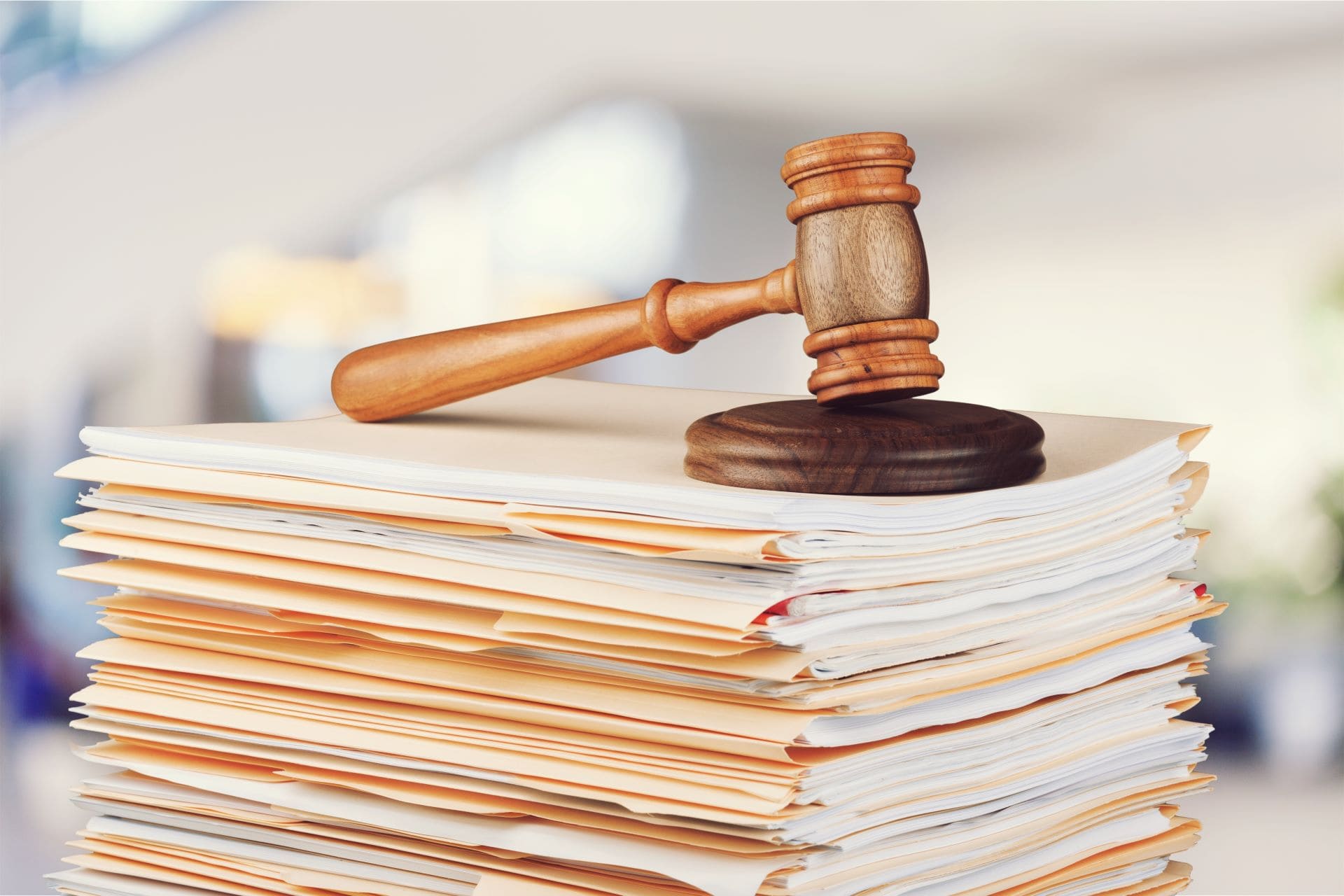A recent decision by the U.S. Court of Appeals for the Federal Circuit in Realtime Data, LLC v. Iancu (Fed. Cir. 2019) affirmed the Patent and Trial Appeal Board’s (Board) finding that RealTime’s data compression patent was obvious over two references, despite failing to explicitly identify a reason to combine the references.
RealTime’s ’812 patent claimed methods and systems of providing lossless data compression using run-length and dictionary encoding techniques. In April 2016, Hewlett-Packard (HP) petitioned for inter partes review (IPR) of the ’812 patent, alleging that certain claims were obvious over the patent to O’Brien in view of a data compression textbook authored by Nelson. According to HP, O’Brien disclosed all the limitations of the claims, but did not use the term “dictionary encoder,” whereas Nelson showed that the algorithm disclosed in O’Brien was, in fact, a dictionary encoder.
In the IPR, RealTime conceded that O’Brien’s algorithm was a type of dictionary encoder. The board found that O’Brien alone invalidated the claims at issue and, in the alternative, that O’Brien combined with Nelson invalidated the claims. RealTime appealed both findings.
The Federal Circuit began its analysis by reiterating the requirement that a determination of obviousness based on a combination of references must consider whether an ordinary artisan would have been motivated to combine the references. “This requirement is necessary,” the court explained, “because claimed discoveries almost of necessity will be combinations of what, in some sense, is already known, and the mere existence of independent elements in the prior art does not in itself foreclose the possibility of an inventive combination.” The court found that the board did not violate this requirement. Because the board was relying on O’Brien alone to disclose all the limitations and merely using Nelson to help clarify O’Brien’s teaching, it did not need to articulate a motivation rationale.
Realtime argued that the board’s reliance on O’Brien alone was an anticipation rejection dressed in obviousness clothing and that, as such, RealTime had not been accorded proper notice of the grounds of the rejection. The Federal Circuit, however, rejected this argument, explaining that, since “anticipation is the epitome of obviousness,” RealTime had proper notice of the grounds of rejection. Although HP relied on Nelson, it was only to demonstrate that O’Brien disclosed a dictionary encoder, which Realtime had conceded.
The Federal Circuit could have ended its opinion there. However, it chose to go one step further, specifically holding that, “even if the Board were required to make a finding regarding a motivation to combine O’Brien with Nelson, its finding in this case is supported by substantial evidence.” It explained:
“A motivation to combine may be found explicitly or implicitly in market forces; design incentives; the interrelated teachings of multiple patents; any need or problem known in the field of endeavor at the time of invention and addressed by the patent; and the background knowledge, creativity, and common sense of the person of ordinary skill.”
Here, Nelson provided a more explicit teaching of the term “dictionary,” and an ordinary artisan would have naturally looked to Nelson, the court stated: “This is enough evidence to support a finding that a person of ordinary skill in the art would have turned to Nelson, a well-known data compression textbook, to better understand or interpret O’Brien’s compression algorithms.”
The Federal Circuit’s opinion is interesting. It seemingly provides a narrow exception to the general rule that an obviousness rejection based on multiple references must include an explicit motivation to combine those references. Namely, when a challenger or the Patent and Trademark Office relies on a secondary reference merely to help explain or help clarify a teaching in the principal reference, it may be sufficiently simply to point to the background knowledge, creativity, and/or common sense of the ordinary artisan as grounds for combining the references.
For more information, contact the Barnes & Thornburg attorney with whom you work or David Kelly at (404) 264-4031 or david.kelly@btlaw.com.
© 2019 Barnes & Thornburg LLP. All Rights Reserved. This page, and all information on it, is proprietary and the property of Barnes & Thornburg LLP. It may not be reproduced, in any form, without the express written consent of Barnes & Thornburg LLP.
This Barnes & Thornburg LLP publication should not be construed as legal advice or legal opinion on any specific facts or circumstances. The contents are intended for general informational purposes only, and you are urged to consult your own lawyer on any specific legal questions you may have concerning your situation.














